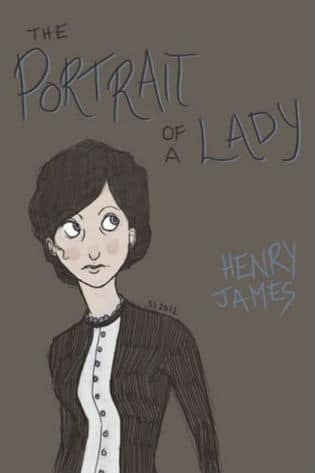

There is an enjoyable archness about this Isabel sometimes seems half-aware of herself as a character in a novel, but Banville is also a great storyteller. “Had she been happy? At first, perhaps, but that contented first had soon given way to a lamentable second, which state itself lately ended with such violent abruptness that her nerves still vibrated from the blow like the tines of a tuning fork…” Isabel turns the questions that plague her over in her head, like an undergraduate with a Henry James essay to deliver.

Banville has lots of sly amusement with these encounters, as Isabel visits her bank in London to withdraw an “amazing” sum of money in a leather satchel, (cash which takes on a life of its own in the story, lost and found) or seeks the advice of the spinster Miss Janeway, a suffragette and staunch vegetarian who feeds her overcooked broccoli and terse homily.īanville is fully in stylistic character in these exchanges, but tips the reader just the hint of a knowing wink. She delays her return in London, and then travels to Rome via Paris and Geneva and Florence, a truncated Grand Tour in the company of Staines, her maid, which offers plenty of scope for the kind of interiority, the minute shifts in temper and emotion in relation to quietly changing circumstance, that James made his signature. The ambiguity of this conclusion lay in the question of whether Isabel was going back to her previous “entrapment” or had found the resolve to end her marriage (perhaps to take up the ardent offer of her stalker-ish admirer Caspar Goodwood, who took the opportunity to kiss her after the funeral).īanville answers those questions, finally, though not until he has put Isabel through a series of soul-searching encounters and challenges. The Portrait of a Lady ended with Isabel, the young heiress seduced into an abusive marriage in Italy with the hateful Gilbert Osmond, out only for her money, escaping to England for her cousin’s funeral, but then apparently returning to Rome. On one level this book resolves some of the questions that have plagued anyone who followed the story of Mrs Osmond – Isabel Archer as was – in James’s novel. Banville is not alone among contemporary writers in this ventriloquising desire – Colm Tóibín and Alan Hollinghurst have both been memorably seduced by those famous unspooling sentences – but he makes James something all his own.


In Mrs Osmond, Banville’s worthy sequel to James’s The Portrait of a Lady, he tries the master’s own style on for size, imagines what it might be like to see the world through Jamesian eyes.


 0 kommentar(er)
0 kommentar(er)
